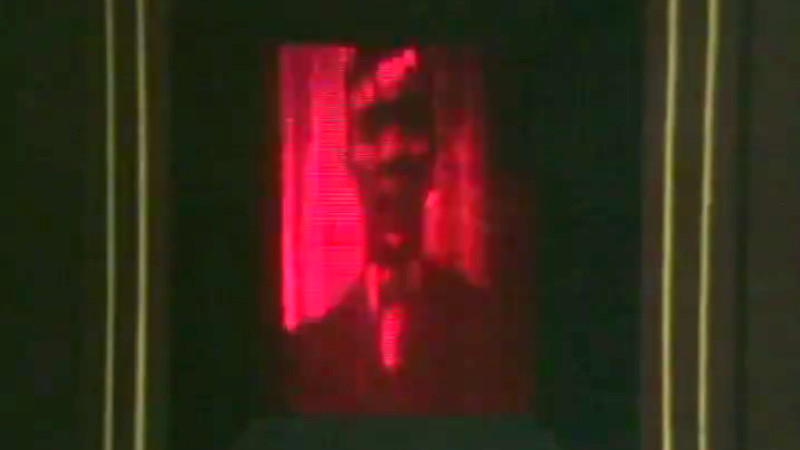If we have a television in 2021 the chances are that it will be a large LCD model, flat and widescreen, able to display HD images in stunning clarity. Before that we’d have had a CRT colour TV, them maybe our parents grew up with a monochrome model. Before those though came the first TVs of all, which were mechanical devices that relied on a spinning disk to both acquire and display the image. The BBC Archive recently shared a vintage clip from 1970 in which two of the assistants of [John Logie Baird], the inventor of the first demonstrable television system, demonstrated its various parts and revealed its inner workings.
We’ve covered the Nipkow scanning disk in a previous article, with its characteristic spiral of holes. We see the original Baird Televisor, but the interesting part comes as we move to the studio. Using the original equipment they show a dot of light traversing the presenter’s face to scan a picture before taking us to a mock-up of the original studio. Here there’s a surprise, because instead of the camera we’d expect today there is a Nipkow disk projector which traverses the subject sitting in the dark. A bank of photocells above the projector senses the reflected light, and returns a video signal.
The resulting low-resolution pictures had a low enough bandwidth to be broadcast over an AM radio transmitter, and for a tiny 30-line picture in the glowing pink of a neon light they provide a surprising amount of detail. With such a straightforward principle it’s not surprising that they’ve appeared in a few projects on these pages, including an Arduino driven colour video monitor, and a POV clock. Take a look at the video below the break.
#OnThisDay 1930: The first, experimental TV play was transmitted from John Logie Baird's studio.
40 years later, two of Baird's assistants – Tony Bridgewater and D.R. Campbell – demonstrated how mechanical television worked, on Review.
Fascinating stuff! pic.twitter.com/F6YFDAOAUg
— BBC Archive (@BBCArchive) July 14, 2021
















The chemicals for creating cyanotype pictures can be obtained online fairly readily these days.
A large A1 sheet or a canvas and it could make a pretty interesting analog camera.
Did you intend this for the giant camera article?
you’ve been beaten to the idea by about a month https://www.youtube.com/watch?v=ewQQX3fxQKk
Philo T Farnsworth should get a mention for developing the first all electronic flying spot tv image scanner and image reproducer in 1927
Hello!
Definitely.
Farnsworth tried to convince Baird he was on the wrong track having anything mechanical in television and offered to help him develop an all electronic system, but Baird doggedly pursued his electro-mechanical system. With that rebuff, Farnsworth did the all electronic version himself.
Farnsworth already has his own article here on HaD: https://hackaday.com/2018/07/03/philo-farnsworth-rca-and-the-battle-for-television/
Wow!
The low bandwidth also allowed for the first home video recording and time shifting… onto phonograph discs!
In theory yes, but it seems to have never happened outside of the lab because of a lot of synchronisation and ringing issues. A handful of recordings has survived, and it took a lot of effort to get a recognizable picture out of them.
While acoustic dictaphones recording on wax cylinders were plentiful, barely anyone had an electronic record lathe, let alone one of studio quality.
In CRT era some studios also used the inverted (flying spot) system – DuMont VitaScan. The projector contained a CRT instead of a spinning disk with light bulb. There was a strobe light for better visibility in the studio – it flashed during blank intervals.
| There was a strobe light for better visibility in the studio …
I was about to add a comment about not being able to read a script, but that innovation (not used by Baird as far as I know) would have fixed it.